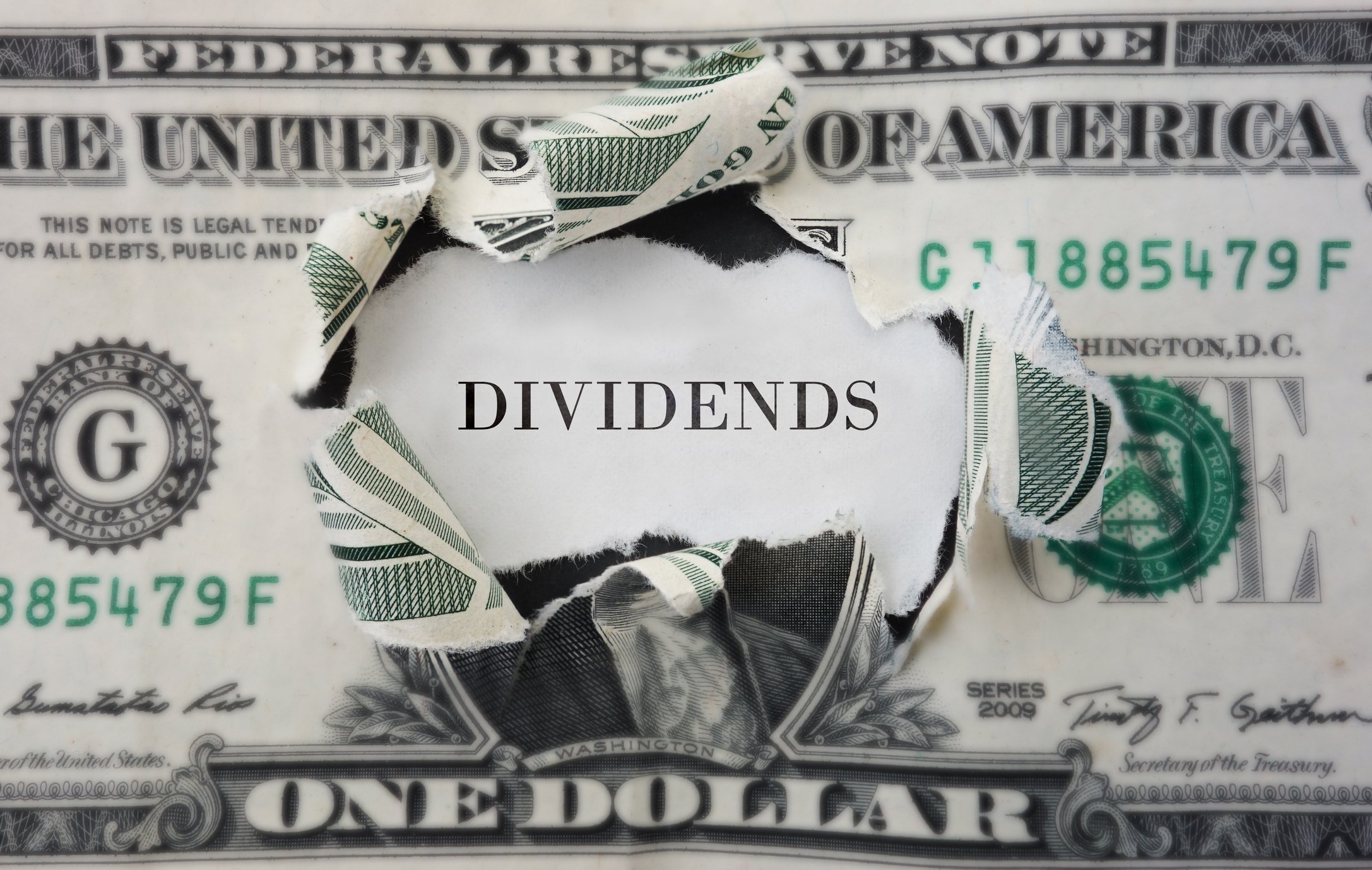
The Venetian Macao. Image source: Las Vegas Sands.
For investors, few things are more attractive than a large dividend payment. Stocks that yield 2%, 3%, or even 4% can provide a steady stream of income and reliable, consistent performance.
But it is possible to have too much of a good thing. Stocks boasting excessively high dividend yields (5% or more) should be viewed skeptically, as the prospects of the underlying businesses might be dubious. After all, if it was as easy as buying a stock and collecting 7% a year, almost everyone would do it. If they did, the share price of the stock would rise, and the yield would fall, eventually reaching a level commensurate with other stocks on the market.
A high dividend yield, then, can paradoxically serve as a powerful warning sign. The market isn't always right -- indeed, it's frequently wrong -- and these stocks can make solid investments if their businesses continue to perform. But investors should certainly tread carefully.
Seagate (STX +0.00%), Las Vegas Sands (LVS 0.17%) and BP (BP 0.12%) are three such stocks with high dividend yields and uncertain futures.
Sluggish PC sales and technological challenges
Hard drive-maker Seagate currently yields a stunning 12% -- a dividend yield that, with the exception of certain investment trusts, is almost unheard of, certainly among technology companies. Over the last 12 months, Seagate's share price has collapsed, falling more than 60%, but management has kept the dividend steady. During the company's April earnings call, Seagate President Dave Mosley admitted that the dividend was at the high end, but said it was still manageable.
The problem is that Seagate's business appears to be collapsing alongside its share price, and if it continues to do so, it may be impossible for the company to maintain its current yield. Last quarter, Seagate's revenue fell 22% on an annual basis, and its operating cash flow declined by more than 45%.
Seagate has massive exposure to the market for traditional PCs, which remains sluggish. Worse, its core product -- hard drives -- appears to be facing obsolescence. Flash memory and solid state drives have seen their capacity surge and their price decline significantly in recent years, making them ever-more attractive alternatives to Seagate's traditional hard drives. Seagate participates in the flash market, but the flash market represented only about 10% of its revenue last quarter.
Dependence on the Chinese economy could weigh on shareholders
Casino giant Las Vegas Sands currently offers investors a dividend yield of 6.39%. That's about three-times the yield of its closest competitor, Wynn Resorts. Las Vegas Sands insists that it is committed to maintaining its dividend, and even increasing it in the future, but the state of its business may make it difficult to do so. Over the last year, Las Vegas Sands' unrestricted cash balance has declined from $2.4 billion to $1.7 billion. Last quarter, Las Vegas Sands generated nearly $800 million of operating cash flow, but paid out more than $880 million worth of dividends, and spent almost $344 million on capital expenditures.
Las Vegas Sands is heavily dependent on Macao, the Chinese island known for its gambling. About half of Las Vegas Sands' earnings come from Macao, and a slowing Chinese economy has plagued Las Vegas Sands' results for several years. Las Vegas Sands' adjusted Macao property EBITDA declined about 3.5% on an annual basis last quarter. That's modest, but as recently as the first quarter of 2014, Las Vegas Sands' Macao operations had enjoyed adjusted property EBITDA growth of almost 50%. If demand remains sluggish in Macao, Las Vegas Sands could suffer.
Oil prices remain depressed
British oil giant BP currently yields an impressive 7.63%, making it one of the largest dividend payers in its industry. The falling price of crude oil has prompted many of BP's peers to trim their dividends in recent quarters, but BP has remained stalwart. Management has consistently reiterated its intention to maintain its dividend during recent earnings calls. Last month, BP's CFO Brian Gilvary labeled its dividend the company's "first priority".
But the energy market may stymie BP's hopes. If the price of crude oil continues to fall, or if it remains depressed, BP could eventually be forced to trim its dividend -- an outcome that, given its current dividend yield, many see as likely. Last quarter, BP's net operating cash flow amount to $1.9 billion, but its organic capital expenditures totaled $3.9 billion by itself. BP's cash and cash equivalents declined more than $3 billion in the first quarter. Management is currently attempting to rebalance its use of cash, and believes its operating cash flow will soon be able to cover both capital expenditures and its dividend. BP, however, is working under the assumption that oil prices will remain around $50-$55 per barrel.







